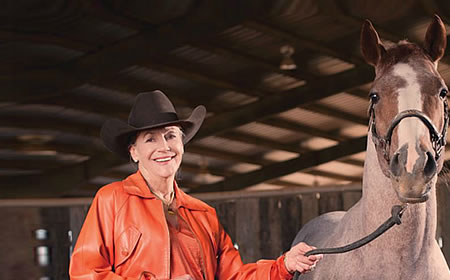Posts Tagged ‘donor’
Chapter 3 (Part 3): Alice Walton & Crystal Bridges
“I’m Alice Walton, bitch.”[i] – Alice Walton, 2007
Alice Walton is the youngest daughter of Sam Walton, founder of Wal-Mart. She was raised in Bentonville, Arkansas—also the location of the first Wal-Mart, and where Wal-Mart corporate headquarters is located. In the past decade Walton has been on a shopping spree of American art, from colonial to contemporary.[ii] The spree was fueled by her philanthropic project, the Crystal Bridges Museum of American Art (she chose the name), also in Bentonville, a city with a population of 35,000. The cost for the project is unknown, but art blogger Lee Rosenbaum (CultureGrrl) investigated the museum’s 990s and revealed that between 2005 and 2010, the museum spent $508.57 million in “expenses for charitable activities”[iii]—an intentionally vague category. These activities most like are the acquisition of art but also the design and construction of the museum by architect Moshe Safdie.
Balenciaga and Spain
De Young Museum
On my most recent visit home to San Francisco, I had a museum day with my mom. My mom was insistent we see the Hamish-Bowles-curated Balenciaga and Spain at the De Young Museum. My mom had already seen it (bought the catalogue), and had been raving to me about its unconventional display. The clothes are integrated into a background of paintings (one by Miro, a reproduction of Velazquez’s Las Meninas), photographs of the Spanish landscape and matadors; sometimes lively flamenco music accompanies the designs. I wanted to glean something from the exhibition to point out to my mom that she might not have noticed. This came from the object labels. Each label included the requisite materials, date, lending organization, and donor. However, in some cases an additional “worn by” line was added.
Who were some of the women wearing Cristobal Balenciaga’s bolero jackets and flamenco-inspired gowns?


